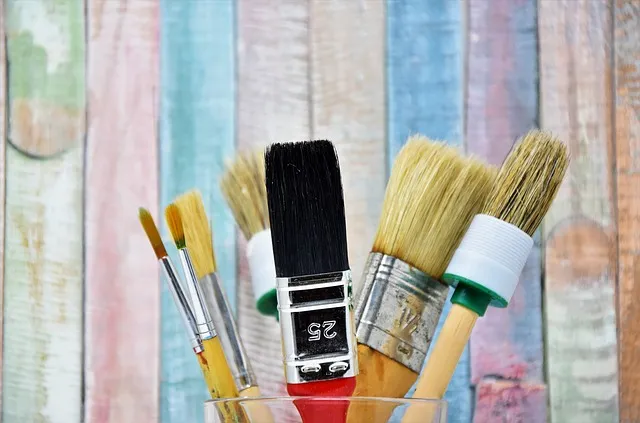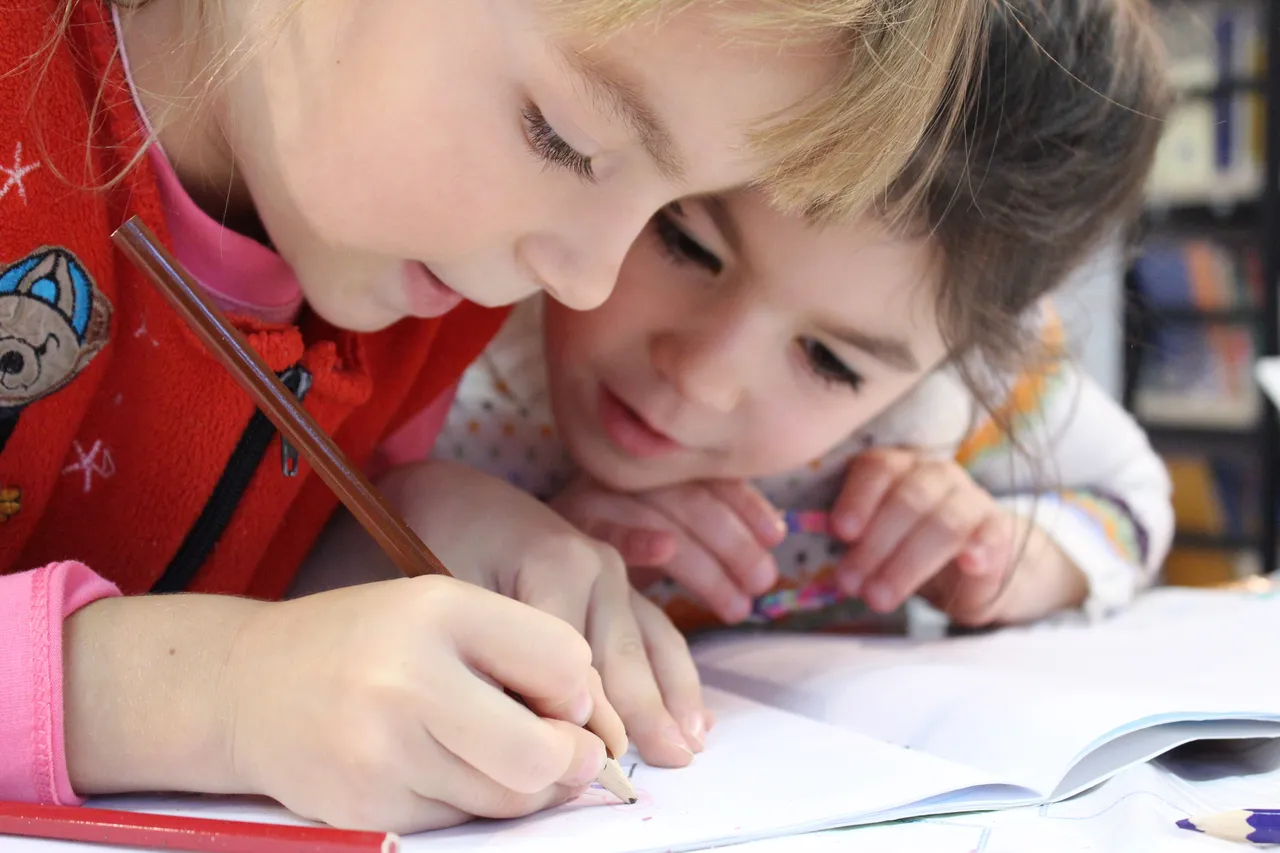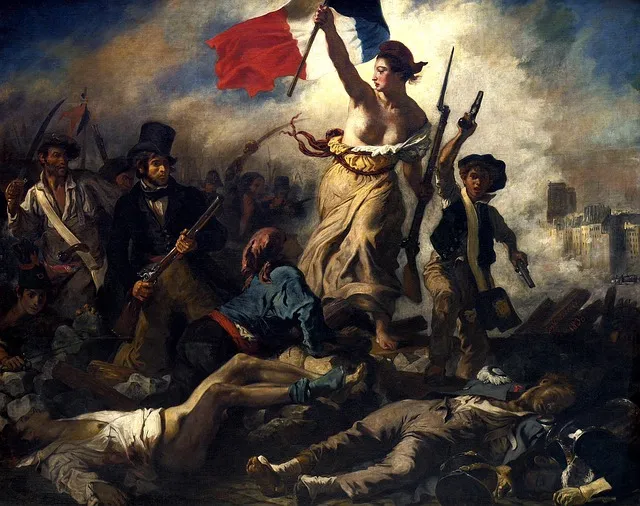Some loose ends
At the beginning of my first post on motivation I said I'd be leaving loose ends that I'd later grab to write some more on the subject. Therefore I recommend you to read part one and part two.

Source: Pixabay
One of this loose ends concerns solutions that can be applied to our educational systems in order to adapt them to the future world. In other words, knowing that intrinsic motivation is what will eventually drive happiness and self-realisation, how can we change our educational systems to get better at it? That's the exercise I'll be making, following the Self-Determination Theory's (SDT) pillars.
Today I'll discuss autonomy and how it can be improved in our educational systems.
Autonomy
The autonomous and self-regulated child is the one that is able to learn for herself. For example if she wants to know what lead to the French Revolution, she will know which teacher to ask for sources and books, and will know how to search. The same happens for arts. For example a autonomous dance student tries to know which particular exercise will help her with a movement she's not so good at, and she will autonomously practice everyday in order to achieve it. Autonomy is one of the sources of intrinsic motivation, because an autonomous child will be able to pursuit goals and succeed.
So what could we change in our educational system to fit a more autonomous promoting environment? A few ideas:
Make more questions, and give less "free" answers. Teachers can have a more "passive" role in teaching. Instead of giving information and expecting kids to learn it without any interest on it, they could poke them with projects and questions that make them take action and ask for help, search the internet, and have ideas. How to evaluate them? Just compare what they propose to learn with what they do learn: evaluation is for the teacher to know what's happening and how to help students, and not for extrinsically rewarding them!
Wait for higher stages of internalization to teach things that they don't enjoy. This is a big one, because we all have to learn things that we don't enjoy but they may be useful in our future life. But just like you can convince a child that eating vegetables is good for their health, you can also convince them to learn things they don't enjoy a lot. If they are intrinsically motivated and know how to pursuit their goals, they'll develop self-regulatory systems for learning other things as well.
Abolish classrooms and seriation by ages. This is not so radical as it may seem, since Finland already does it. By creating open spaces and areas where teachers teach to whoever wants to learn instead of the rigidity of the regular classrooms and classes, students can move and ask different teachers for help, receiving feedback from different students of different ages.

Source: Pixabay
- Let students identify, find solutions, and apply solutions to school's problems. Students are creative and they really want to make their school a better place. They are able to find solutions and apply them if we give them autonomy to search, learn and create. They are also able to manage a budget under orientation (that's why teachers are there). A weekly school assembly is the first step to democratize and create workgroups, present and approve solutions.
- Promote free writing, free art, and creativity in general. This is also a big one. Not only for the "practical aspect" of it -
In a more and more automated world, creativity will have a predominant role in kid's future lives - but also for the sake of happiness and to let children know themselves
Of course, we should never confuse autonomy with chaos. The environment needs to promote it and leave a free way for it to develop, but in the beginning (first stages of internalization) it definitely needs to be guided by teachers in order to increase autonomy and boost intrinsic motivation. Otherwise the sense of incompetence would jeopardise our efforts.

Source: Pixabay
Here are some great posts I read recently and I recommend:
The mundane medicinal and magical common primrose by @skycae
DIY hanging basket by @sherylneil
Adopting the Adoption by @sweetpea
Soviet montage theory and you by @derosnec (there is also the second part, go check her blog!)
If you enjoyed this post please consider:

Source: @runicar

